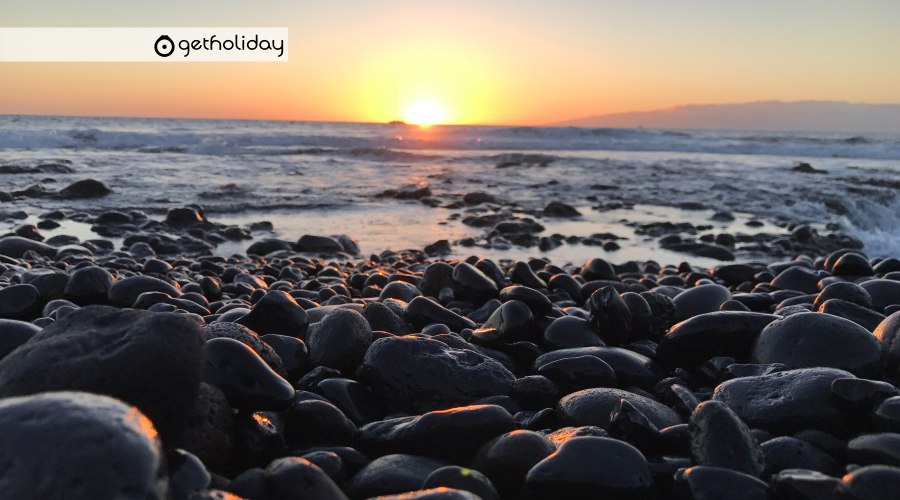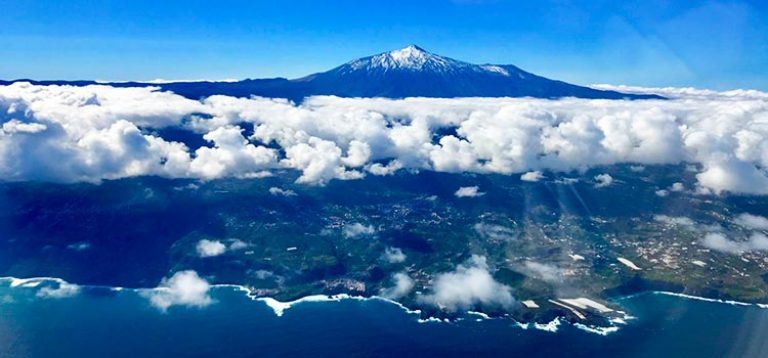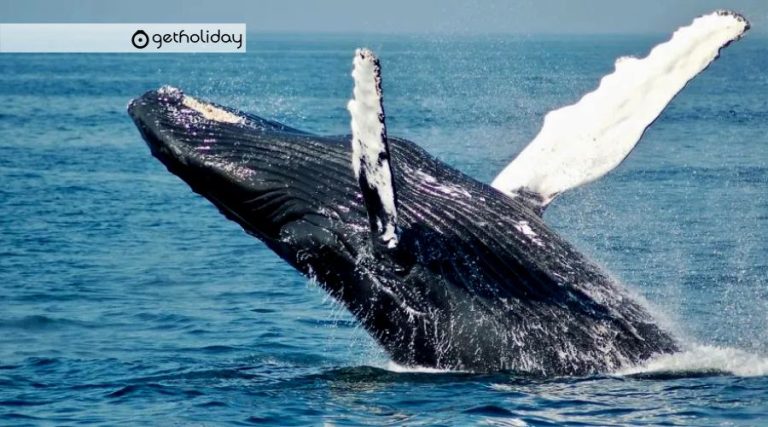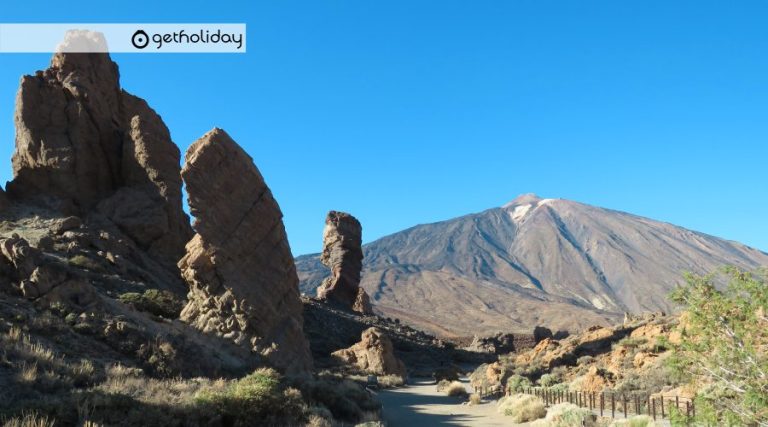50 Things to know before visiting Tenerife
If you have thought of coming to Tenerife on vacation or are thinking of moving, the best thing you can do is gather as much information as possible to avoid unpleasant surprises. In this article about the 50 things to know before visiting Tenerife we are going to list all the possible information about the island of Tenerife and also some clues about the Canary Islands.
- The island of Tenerife is located in the Atlantic Ocean 300 kilometers northwest of the African coast.
- It is part of the Canary Islands archipelago.
- The Canary Islands are made up of 7 main islands that lie respectively from east to west: Lanzarote, Fuerteventura, Gran Canaria, Tenerife, La Gomera, La Palma and El Hierro.
- The smaller islands are formed by the island of Lobos, in front of Fuerteventura and then Montaña Clara, Alegranza, Roque del Este, Roque del Oeste and La Graciosa that form the Chinijo archipelago.
- La Graciosa is the only one of the smaller islands that is inhabited.
- The Canary Islands, which are included in the Macaronesian region, which includes 5 archipelagos in the North Atlantic, as well as a small part of the Northwest African coast.
- The archipelagos of Macaronesia are: the Azores, Cape Verde, Canary Islands, Madeira and finally the Savage Islands.
- Tenerife has an area of 2,034.38 square kilometres, which makes it the largest island in the Canary archipelago.
- 966,000 inhabitants live on the island, which makes it not only the most populous of the Canary Islands, but also the most populous of all the Spanish islands.
- The first capital of the Canary Islands was San Cristóbal de la Laguna from 1497 to 1723
- Santa Cruz de Tenerife is the capital of the Canary Islands along with Las Palmas de Gran Canaria.
- Santa Cruz de Tenerife forms the province of the same name, which includes the islands of: Tenerife, La Gomera, El Hierro and La Palma.
- The other province of Las Palmas de Gran Canaria is made up of: Gran Canaria, Lanzarote and Fuerteventura.
- The international prefix is +34 while in the province of Santa Cruz de Tenerife calls from the landline start with 922.
- In the province of Las Palmas de Gran Canaria it is 928.
- Useful telephone numbers are: Emergency 112, National Police 091, Civil Guard 062, Hospital Nuestra Señora de la Candelaria +34 922 602 000, Ministry of Foreign Affairs +34 922 999 337.
- “Castilian” Spanish is spoken even if there are words that are not used at all in the rest of Spain, like Bus in the Canary Islands they say guagua, i palomitas = cotufas, il drawer = drawer, il mais = millo etc.
- All the islands of Macaronesia and, consequently, Tenerife are volcanic islands.
- The highest mountain on the island is Mount Teide, which at 3,715 meters is the highest mountain in Spain, the highest in the Atlantic Ocean and the third highest volcano in the world from its base.
- The visible volcanic cones are 297 “of orogenic basaltic origin” to be clearer, those that are shaped like a truncated cone with a visible crater, but in total on the island (including those eroded or covered by other lava flows). find beyond 600 volcanoes.
- The oldest areas of the island are, respectively, the Anaga massif, the Teno massif and the Adeje massif, which vary in age from 16 to 6 million years.
- The last volcanic eruption on the island of Tenerife took place in 1909
- The last aerial eruption of the Canary Islands occurred on the island of La Palma in 2021 before 1971, while the last “submarine eruption” in 2011 near La Restinga on the island of El Hierro.
- The geographical coordinates of Tenerife are: longitude 16º37’20” west and latitude 28º17’53” north.
- The municipalities of the island are: 31, the largest in terms of population is Santa Cruz de Tenerife, the smallest is Vilaflor de Chasna.
- By extension in square kilometers the largest is La Orotava with 207.31 square kilometers and the smallest Puerto de La Cruz with only 8.73 square kilometers.
- Here there is also summer time and solar time, but when we arrive from Italy we have to move the hands of our clock back one hour. For example, if in Italy it is 10, here it will be 9.
- The inhabitants of the Canary Islands are Canarians and in Tenerife the Tinerfegni.
- The Patron Saint of the Canary Islands is the Virgin of La Candelaria, popularly known as the “Morenita”, and is celebrated on February 2 and August 15. The image of the Virgin of La Candelaria can always be found in all the churches of the Canary Islands.
- The recognized holidays are: New Year “January 1”, Epiphany “January 6”, Our Lady of Candelaria “see number 26”, Shrove Tuesday “variable date”, Holy Thursday and Holy Week Friday “variable dates”, Workers’ day “May 1”, Day of the Cross “May 3”, a holiday of Catholic origin where all the crosses are adorned with fiori. “The day of the Canary Islands” which is celebrated on May 30, the day on which the government chaired by Pedro Guerra Cabrera met for the first time in 1983. “May 30”
- The current president of the Government of the Canary Islands is Ángel Víctor Torres.
- The islands are an autonomous community with their own government
- Garachico was founded by a Genoese banker Cristóforo Da Ponte in 1499 who made its port famous. In fact, most of the commercial exchanges between America, Europe and Africa took place from there. On May 5, 1706, two lava flows made the bay totally inaccessible and almost completely destroyed the city.
- The currency used is obviously the euro, since we are in Europe. VAT in the Canary Islands is called IGIC and in most cases it is 7%.
- It is possible to enter the Canary Islands and consequently Tenerife with only an identity document, as long as you are a European citizen.
- The symbols of the island are the millenary dragon (dracaena draco) in the flora and the blue chaffinch (fringilla teydea) in the fauna.
- All the islands are connected to each other with airports and offer inter-island connections, national and international connections.
- Tenerife has two airports, one in San Cristóbal de La Laguna with the international abbreviation TFN (La Laguna airport) and another in the south with the international abbreviation TFS (Reina Sofía airport).
- Obviously, the connections are also maritime between the islands and are made both with classic boats, but above all with super-fast boats that reach extremely high speeds. The connection between Tenerife and La Gomera takes only 45 minutes.
- The main ports to move between the islands are those of Santa Cruz de Tenerife, which offers connections with Gran Canaria, Lanzarote and Fuerteventura. To the south we find the port of Los Cristianos that connects Tenerife with La Gomera, El Hierro and La Palma.
- The two shipping companies are: ARMAS and FRED OLSEN.
- The two airlines are: BINTER and CANARY FLY.
- In 2019, 8.4 million tourists arrived on the island.
- The climate of the Canary Islands is by far the best in the world, with more than 3000 hours of sunshine per year, in Tenerife we find 21 microclimates.
- The average temperature in the southern part of the island is 25, which is why it is called the island of eternal spring.
- For golf lovers, the island offers 8 golf courses where you can choose the one that best suits your characteristics. We find them with 9, 18 or 27 holes spread throughout the island. Let me list their names: Abama golf, Amarilla Golf, Buenavista golf, Los Palos golf center, Costa Adeje golf, golf del Sur, Las Americas golf, Real club de golf de Tenerife.
- There are 43 protected areas on the island and I assure you that they are all worth a thorough visit.
- Teide National Park is the most visited National Park in Europe with more than 4 million tourists a year.
- The best time to travel to Tenerife is undoubtedly in the transition months, or rather, when the Azores anticyclone advances towards central Europe and when it returns to its place of origin, mitigating the winters in the Macaronesian region. So in summary, the best time to travel to Tenerife and the Canary Islands in general are the months of May/June and September/October. You will surely find a blue sky and an almost total absence of wind.
- May for flowering in the National Park. October is recommended for beach lovers, as the water is warmer than in the spring months.
A hug from the lucky islands
Basso Lanzone
Canary Islands tourism guide nr 3900







